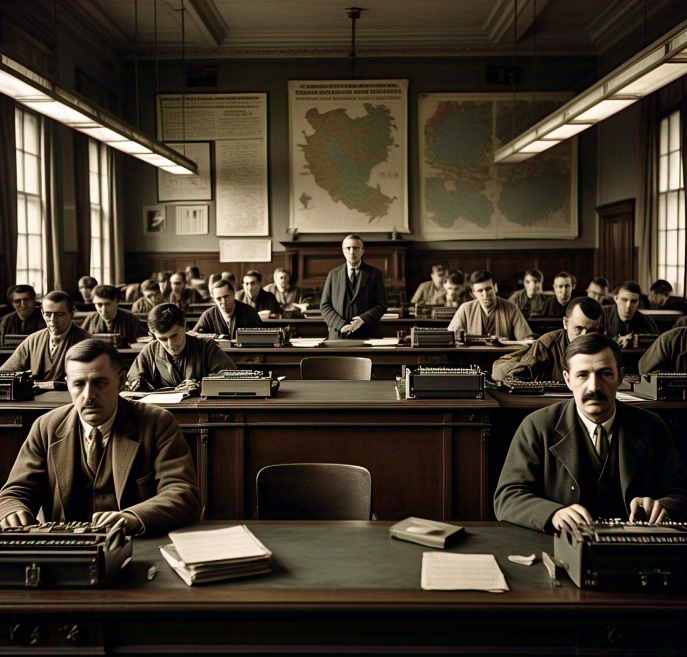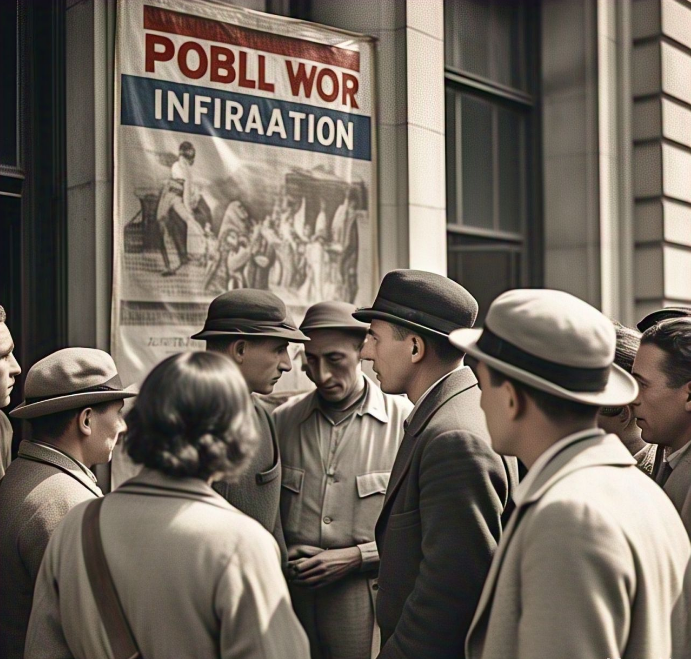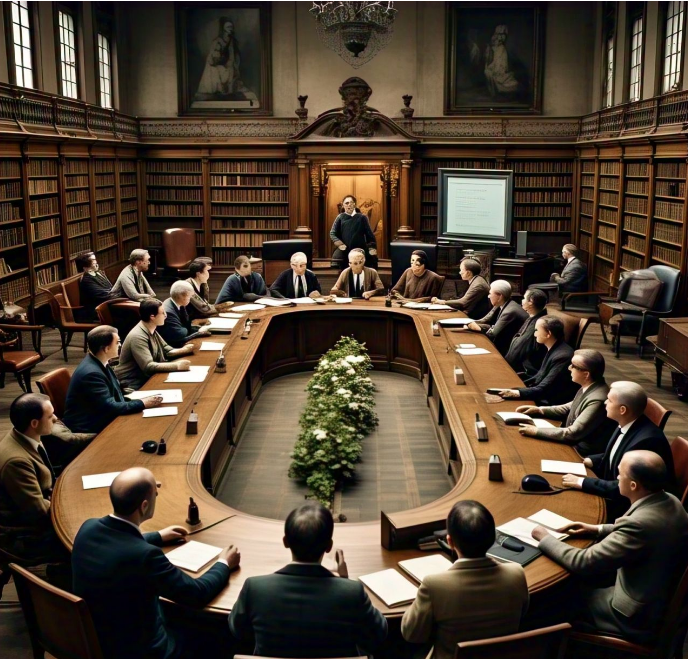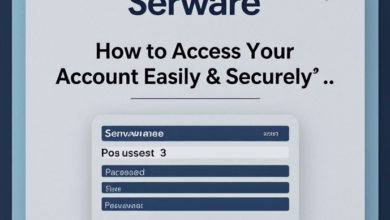Committee on Public Information: The U.S. Propaganda Machine Behind World War I

The Committee on Public Information (CPI) was a powerful tool created by the U.S. government during World War I. Established in 1917, its main goal was to rally support for the war effort through mass communication. The CPI worked tirelessly to shape public opinion and keep Americans united in their support for the United States’ involvement in the war. From posters to speeches, the Committee on Public Information used every medium to spread patriotic messages across the country.
Under the leadership of George Creel, the CPI became a symbol of the U.S. government’s commitment to influencing public opinion during a time of global conflict. The committee’s efforts ranged from creating eye-catching propaganda posters to organizing public speaking campaigns that aimed to encourage citizens to buy war bonds, join the military, and support the overall war effort. But how did the CPI manage to reach millions of people, and what impact did it have on American society?
What Was the Committee on Public Information and Why Was It Created?
The Committee on Public Information (CPI) was created in 1917 during World War I by the United States government. President Woodrow Wilson established this group to gather public support for the war effort. At that time, there were many people in the U.S. who did not want to get involved in the war. The government needed to find a way to change public opinion and get people excited about helping in the war.
The CPI’s main job was to spread messages that would encourage Americans to support the war. The group used posters, films, speeches, and articles to tell people why it was important to fight. Its purpose was clear: to unite the country and make everyone feel like they were part of something big and important. This was crucial in ensuring that the U.S. could keep fighting and win the war.
The Role of George Creel in Leading the Committee on Public Information
George Creel was the leader of the Committee on Public Information, and he played a very important role in making it successful. Before becoming the head of the CPI, Creel was a journalist. He knew how to write and get people’s attention. Creel’s goal was not just to give facts but to make people feel a strong emotional connection to the war effort.
Creel’s leadership was essential in using the right tools to reach millions of people. Under his guidance, the CPI used various forms of communication, including newspapers, posters, radio, and films, to send out messages. Creel worked closely with the press and encouraged reporters to help share the government’s message in a way that was persuasive but not necessarily always 100% truthful. His work made him a key figure in shaping public opinion during World War I.
How the Committee on Public Information Used Posters to Shape Public Opinion

One of the most famous ways the Committee on Public Information spread messages was through posters. These eye-catching posters were designed to grab attention and quickly spread patriotic messages. Artists like James Montgomery Flagg and Charles Dana Gibson created posters that could be seen in every town and city.
These posters often used bold colors and strong images, such as Uncle Sam pointing his finger and the famous “I Want You for U.S. Army” poster. They also used slogans that made people feel proud and motivated to act. Posters told people to buy war bonds, join the military, and even ration their food. This was one of the most effective ways to keep Americans connected to the war effort.
The “Four Minute Men”: Volunteers Who Delivered War Messages Nationwide
The “Four Minute Men” were volunteers trained by the CPI to give short speeches about the war. These speeches were meant to be just four minutes long, the time it took for movie theaters to change film reels. The idea was that volunteers could give these short, powerful speeches at local events, and the message would spread quickly.
There were over 75,000 “Four Minute Men” across the country. They gave speeches at schools, theaters, and even at factory workplaces. The messages were simple but effective, covering topics like buying war bonds, supporting the military, and being patriotic. By using these volunteers, the CPI was able to reach people in all corners of the United States.
Committee on Public Information and the Censorship of Anti-War Voices
The CPI didn’t just work to spread positive messages about the war. It also controlled what was said about the war, especially any negative opinions. The government wanted to make sure that only the official story was being shared, so the CPI worked with newspapers to censor anything that might encourage people to oppose the war.
If someone spoke out against the war, the CPI made sure to either stop the message or discredit it. For example, the government made sure that any news about German atrocities was censored if it wasn’t proven to be true. This way, only the information that supported the war effort reached the public. While the CPI was successful in keeping support for the war strong, it also meant that people’s freedom of speech was limited during this time.
The Legacy of the Committee on Public Information: A Cautionary Tale
The CPI’s work is still remembered today as a powerful example of government-led propaganda. While it helped the U.S. stay united and win the war, it also raised important questions about the power of information and censorship. Some people later criticized the CPI for using propaganda in ways that manipulated the public.
Today, the CPI is seen as an example of how propaganda can be used for good or bad. The lessons learned from the CPI have shaped how we view government influence over media and public opinion. The success of the CPI also paved the way for future propaganda efforts during later wars, including World War II.
Committee on Public Information vs. Modern Propaganda: Similarities and Differences

- Influence Through Mass Communication:
The Committee on Public Information (CPI) and modern propaganda both use mass communication to influence public opinion. In World War I, the CPI used posters, speeches, and newspapers. Today, governments use social media, television, and online news to spread their messages. - Focus on National Unity:
Both the CPI and modern propaganda often focus on creating a sense of unity among citizens. The CPI aimed to make everyone feel like they were part of the war effort, just as modern propaganda seeks to unite people behind a cause or a political leader. - Use of Emotional Appeals:
One of the most powerful techniques used by the CPI was emotional appeal. It didn’t just share facts but tried to make people feel proud and patriotic. Modern propaganda still uses emotional appeals to connect with audiences on a deep, personal level.
Conclusion:
In conclusion, the Committee on Public Information was a very important tool used by the U.S. government during World War I. It helped spread messages that united Americans and encouraged them to support the war effort. Through posters, speeches, and articles, the CPI reached millions of people and made them feel connected to the fight. This effort was a key part of how the U.S. was able to stay strong during such a challenging time.
However, while the CPI helped the country, it also raised concerns about freedom of speech. The government controlled what information was shared and made sure no one spoke out against the war. This reminds us of how powerful information can be and the importance of being careful about how it’s used. The CPI’s legacy still teaches us valuable lessons about propaganda and the need for balance in sharing information.
FAQs:
Q: What was the purpose of the Committee on Public Information?
A: The Committee on Public Information was created to help rally support for World War I by spreading positive messages and encouraging Americans to support the war.
Q: Who led the Committee on Public Information?
A: The Committee on Public Information was led by George Creel, a journalist who was appointed by President Wilson.
Q: How did the Committee on Public Information spread messages?
A: The CPI used posters, newspapers, films, and speeches to spread patriotic messages and convince people to support the war effort.
Q: Did the Committee on Public Information censor information?
A: Yes, the CPI censored news and controlled what was shared to make sure only positive messages about the war were seen by the public.
Q: What is the legacy of the Committee on Public Information?
A: The CPI’s legacy is a reminder of the power of propaganda and how it can influence public opinion, both positively and negatively.




